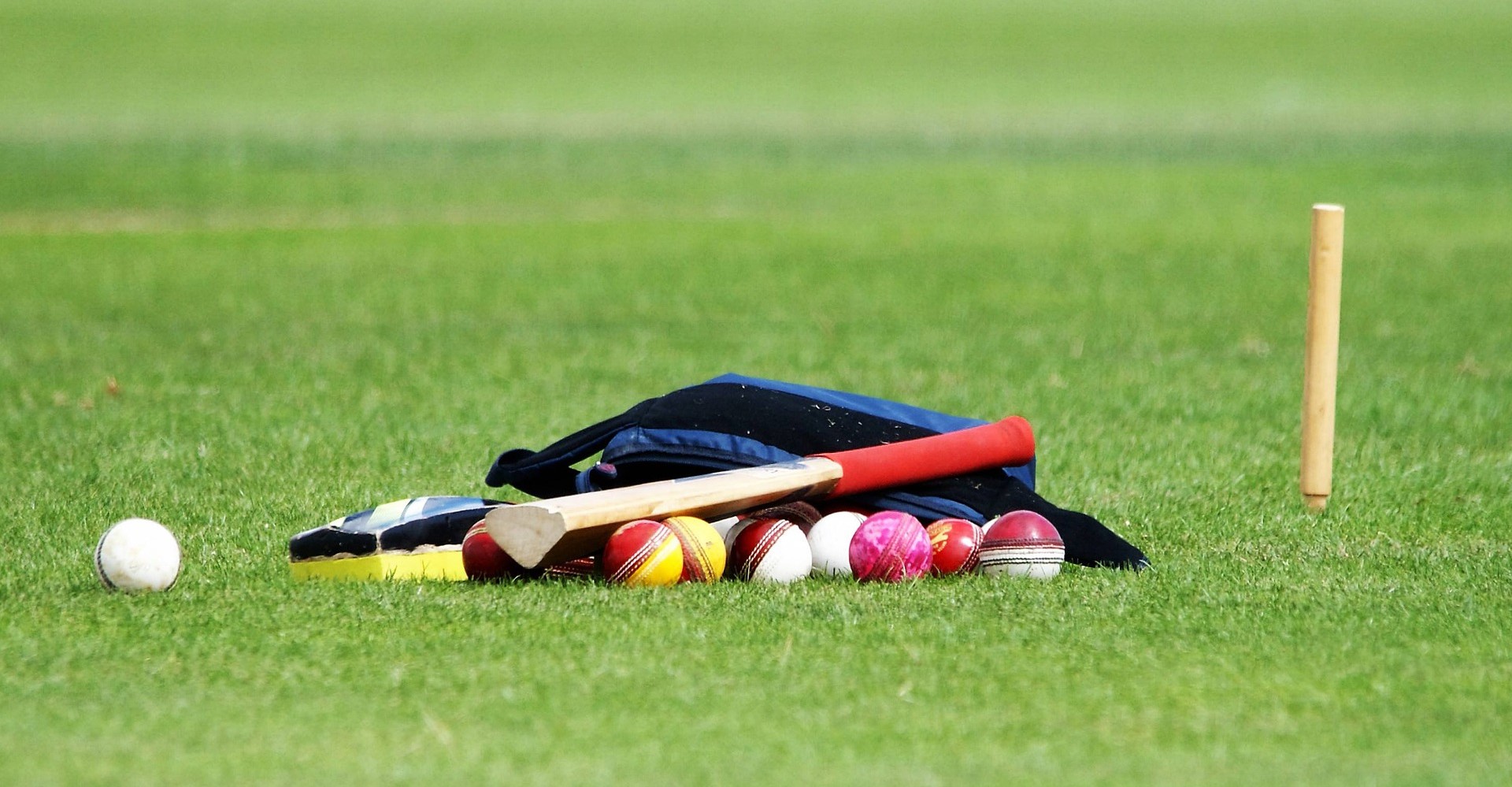
Technology Stack in Cricket Coaching
Coaching is not about expecting miracles in a player’s performance. It is the enduring process of elevating the talent of the player to achieve and perceive miracles as mere moments on the field
Cricket has evolved from the time it was a gentleman’s game that was played for leisure. Today, it has become a highly competitive sport with teams and players battling it out to cross the winning line.
The business of cricket has also seen a massive boost since the dawn of this century. From being a part-time profession, Cricket, today, has become the main or the only profession for several players – creating celebrities and superstars, who even surpass the stardom of many in the entertainment industry. Consequently, the demands and expectation from a player are high. So, decreasing margin for error in a player’s performance has pushed the entire cricket coaching ecosystem to continuously innovate and personalize training techniques and drills for their players.
In order to keep up with the dynamic needs of the cricketing format, coaching is no more restricted to devising plans based on instincts & experience. Today, many leading coaches marry their instincts with the insights derived from digital technology to develop outcome-based plans.
Apart from the physical and mental aspects of player coaching, here is a list (not exhaustive) of some of the tools and technologies that are used to improve the performance of the player.
Stage 1: Cricket Equipment
Batting equipment: Many coaches use cones and tees to enhance batting technique. It helps the players to improve their stance and adjust their shot direction for different bowling lengths. Hanging balls or rebound machines are used to improve hand-eye coordination and to understand the impact force from the batsman. Some coaches also use smaller sized or thinner training bats to improve batting accuracy.
Bowling equipment: Bowling machines are commonly used in many cricket academies to continuously bowl at different lines and lengths to the batsman. They are available in various types – mechanical, pneumatic, and programmable bowling machines. Some coaches prefer to use ball thrower tools instead of the bowling machines – to bring that human aspect to bowling. Coaches also place cones and markers on pitches to perfect the bowling lengths.
Did you know? In the Border-Gavaskar Trophy 2020-21 test series between India and Australia, Ravichandran Ashwin helped the Indian batsmen prepare for short pitch bowling by smashing a series of soft balls on the pitch from the tennis racket.
Fielding and Wicketkeeping equipment: To improve catching, coaches at times use rebound nets to better the hand-eye coordination of players. The coaches also often wear baseball gloves for easy ball retrieval from the fielders. Catch bats are used to emulate the shots in catch practice drills. A single stump (or a spring-based rebound stump) is often used to perfect the fielding throws. Cones and catching slip boards are at times used as ball deflectors for wicketkeeping and slip catching drills.
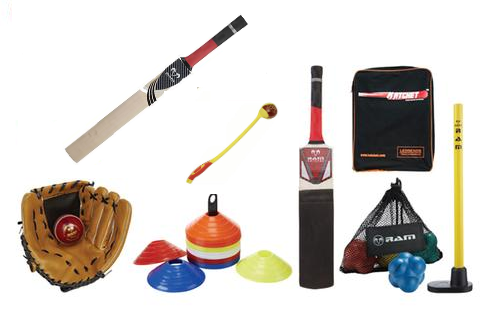
Stage 2: Data & Statistics
With the proliferation of scoring apps, be it in practice games or tournaments, match data is available ubiquitously for easy analysis. Individual stats can be aggregated and presented in averages, percentages, trend lines, wagon wheels, and even as comparative match-ups against other players – helps in analysing the form, strengths, and weakness of the player. It also helps to profile a player's performance against a session, time, opponent, playing conditions, etc.
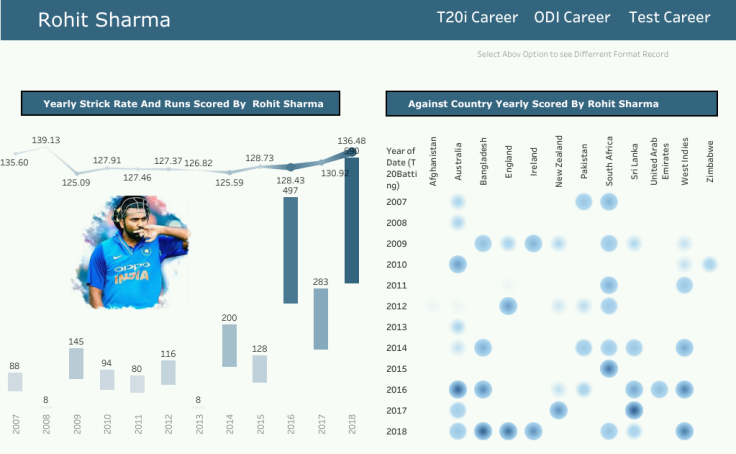
Slice and dice of match data has become a common parlance in game analysis. Coaches often use this data to devise specific training drills and to draft the gameplan against the specific opponents.
Stage 3: Video Analysis
Video based technologies have brought a paradigm shift in cricket analysis. With the ability to annotate on the video feeds, it has also become a great tool for coaches to back their visual intuition with match video feeds and present the training plan to players. It also helps the coaches and players in not just evaluating their own execution plans, but also in identifying the tactics and strategies from the opponent players. In batting, coaches often use video recordings to identify and correct technical flaws in batsman stance, backlift, timing, footwork, follow-through, etc. In bowling, it helps to analyse the bowler run-up line, run-up speed, ball gripping, release positions, ball swing & spin, etc.
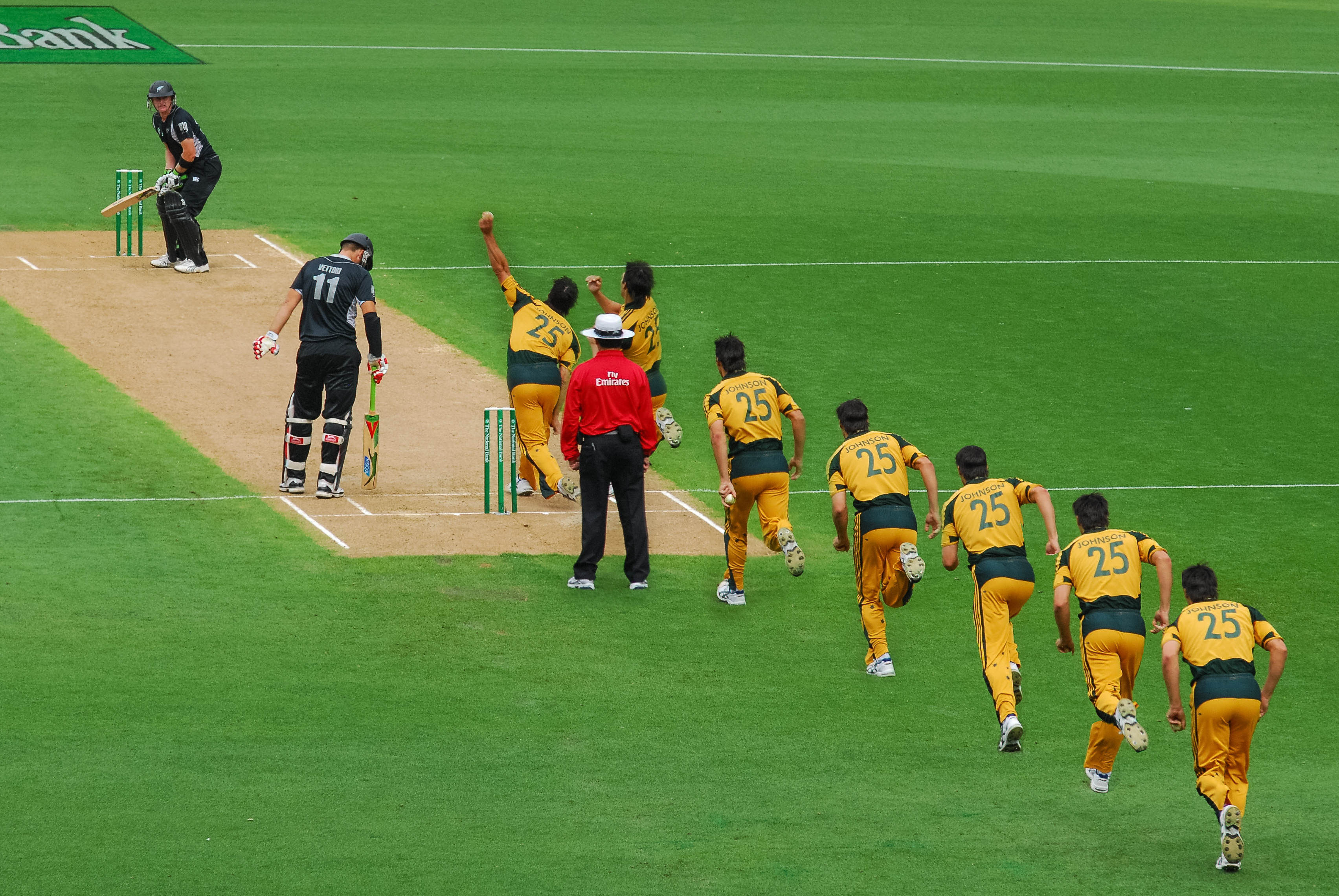
On the fielding front, it allows coaches to understand the player preparedness, reaction time, body alignment, injuries, etc.
Ball tracking technology allows for advanced insights into bowling plans. A bowler pitchmap helps in analysing precisely the lengths targeted for a batsman by a bowler – allowing coaches to define specific gameplans and matchups for their players. Ball speed measurements at the bowler’s release point, impact on the pitch, and on the bat are also identified using this technology.
Stage 4: Sensor Tech
Speed guns have been in use for a long time, allowing the coaches to keep a track of the ball speed at the time of release from the bowler. Smart cricket balls, with built-in sensor boards, have been developed to analyse ball speed in the air, number of revolutions, swing, spin, etc. in real-time – potential to throw advanced insights into bowling characteristics. It will allow coaches to compare and contrast different bowlers to understand the pitch conditions and gaps in player technique.
On the batting front, smart batting sensors like Spektacom PowerBat help in decoding the shot parameters, including swing profiles like backlift angle, downswing angle, bat speed, follow-through angle, etc. and impact profiles like bat twist on impact, impact force, ball impact location, etc. in real-time. This will allow the coaches to precisely measure, analyse, and monitor the progress of the player’s batting performance.
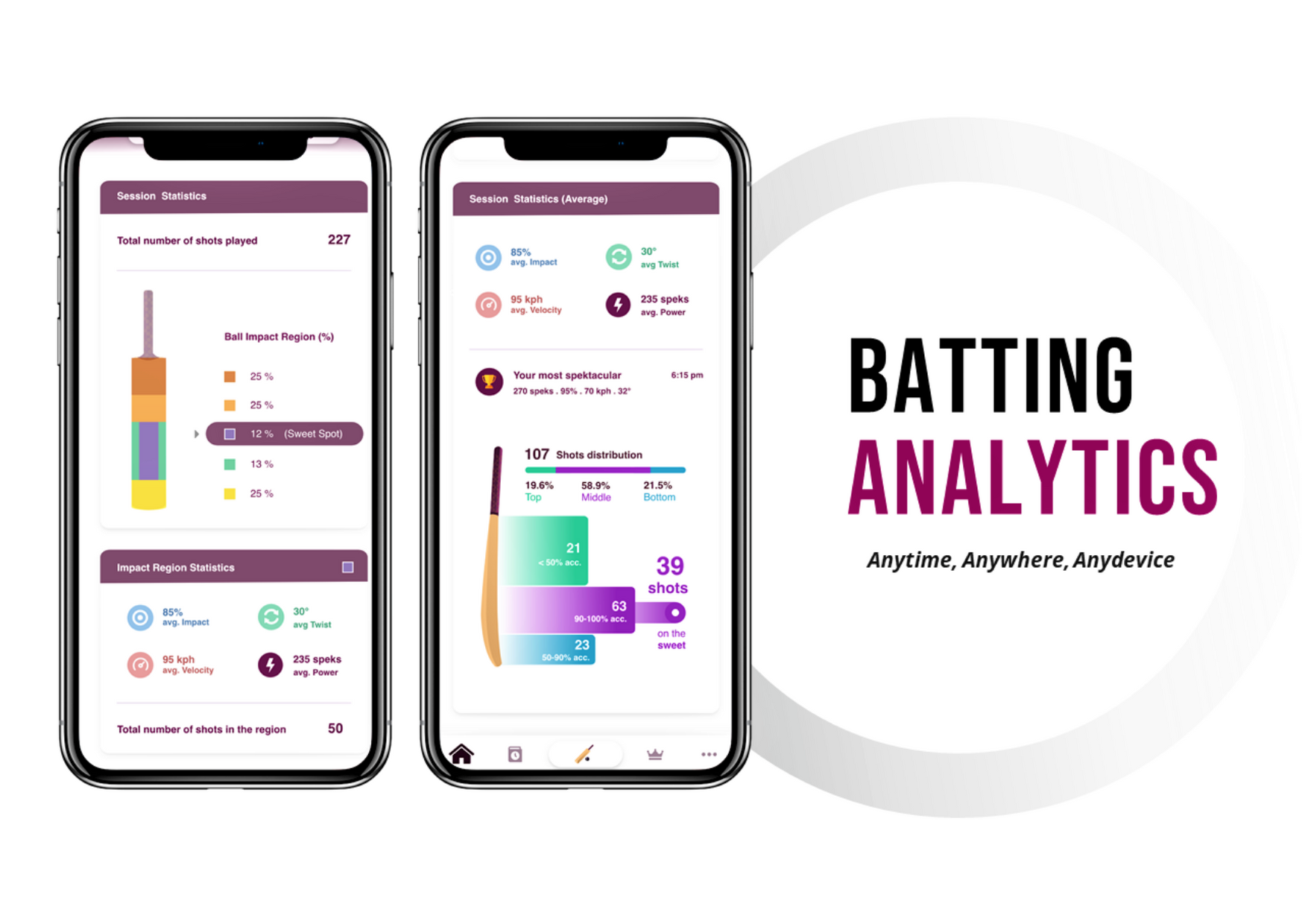
Sensor based tech for cricket is still a new and emerging field that is set to drive the next wave of analytics in cricket.
What's next?
The democratization of digital tech, through internet, mobile, and cloud computing, ensures that the access to tech is not just restricted to elite players alone. With newer cutting-edge technologies like Augmented Reality (AR) and Virtual Reality (VR) peeking into sports, it will only further elevate the performance and game preparedness of the players. For example: A combination of VR and haptic sensors will allow a domestic player in Bangalore to play and practice the same bouncers Pat Cummins bowled to Cheteshwar Pujara at the Gabba in the Border-Gavaskar 2020-21 test series in Australia. Welcome to stage 5 in cricket coaching!


Comments